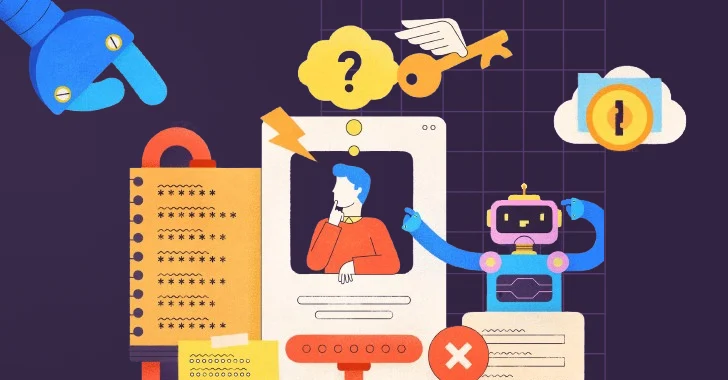AI: Transforming Our World and Its Security Challenges
Artificial Intelligence (AI) is woven into the fabric of our daily lives, reshaping how businesses function and how we engage with technology. From chatbots to data analysis, AI is enhancing user experiences in countless ways. But with its rapid advancement comes a set of new security challenges, especially regarding identity protection.
Understanding the Types of AI
While everyone is buzzing about AI, it’s important to grasp that the term encompasses a vast array of technologies. We have symbolic AI, which relies on logic programming and expert systems, alongside more advanced methods like neural networks and Bayesian models. In recent times, Generative AI has taken the spotlight, utilizing Machine Learning (ML) and Large Language Models (LLMs) to craft engaging content, whether that’s text, images, or even sounds. This is the AI that powers many of our favorite applications today, making it both exciting and, admittedly, complex.
Protecting Your GenAI Applications from Identity Risks
When it comes to building AI applications safely, four identity-related requirements stand out:
- User Authentication: It’s essential for applications, like chatbots, to identify users accurately, determining factors like chat history or demographics to tailor responses.
- API Interactions: GenAI apps typically interact with numerous services, making secure API calls crucial for user data protection.
- Asynchronous Workflows: AI processes sometimes take time, requiring background workflows where users need to supervise actions even when offline.
- Authorization for RAG: Data used in generating responses must align with the user’s access permissions to prevent unauthorized information disclosure.
Addressing these aspects is vital for harnessing the full potential of Generative AI while ensuring security remains a priority.
Utilizing AI for Enhanced Security Measures
On the flip side, while AI empowers us, it also aids attackers in magnifying their efforts. Cybercriminals can exploit AI for social engineering tactics or mass-producing deepfakes. Thankfully, integrating AI into your security strategy can be a game-changer. It can offer:
- Intelligent signal analysis for identifying suspicious access attempts.
- Comparative analysis of application usage patterns against historical data.
- Automatic session termination upon recognizing suspicious activities.
As we navigate this evolving digital landscape, traditional security methods like multi-factor authentication (MFA) alone won’t suffice. We need AI-driven approaches to stay one step ahead of cyber threats.
The Future of AI in Security
The next decade promises an explosion of AI systems creating interconnected networks of autonomous applications that will reshape how we interact with technology. While the advancements of Generative AI are exciting, we must remain vigilant about the accompanying security challenges. Ensuring that these applications are constructed with security in mind is paramount.
The duality of AI offers significant benefits and risks. Although AI applications encounter similar security vulnerabilities as traditional applications, they face unique threats from modern attack strategies.
With the help of the Auth0 platform, Okta is poised to alleviate these security burdens. Dive deeper into how to securely build GenAI applications at auth0.ai.
So, why not take the plunge into secure AI development? Discover how smart authentication and authorization can pave the way to innovation while keeping security in check.
The AI Buzz Hub team is excited to see where these breakthroughs take us. Want to stay in the loop on all things AI? Subscribe to our newsletter or share this article with your fellow enthusiasts.




